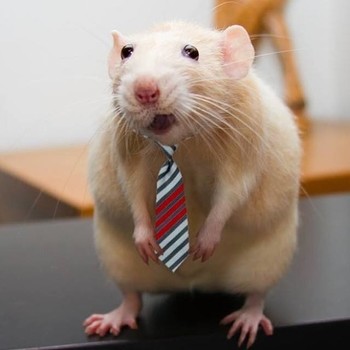A dice is rolled, what is the probability of getting 1 and 6?
A. 1/6
B. 2/36
C. 1/36
D. 3/6
A. 1/6
B. 2/36
C. 1/36
D. 3/6
2 Answers
Explanation:
I assume that dice has been rolled twice. So, there could be 1 number on the top side each time.
I also assume that the numbers may or may not appear in given sequence.
probability of getting
Now since we have got either of six or one we need the other one now.
Examples are better for explaining. So, consider that 1 appeared on top now we need 6.
So probability of getting
Multiply both probabilities and we get
(note we could have got 6 also first time but that doesn't hinder our calculation)
If we ask "What is the probability of rolling a 1 and then rolling a 6?", the answer is C
Explanation:
I'm going to run through what we're given and see if we can piece this together.
When we roll a single die, we're only going to get a single roll - we can't get both a 1 and a 6, which is what the question currently asks.
So what if we ask the question - What is the probability of rolling a 1 and then rolling a 6?
With this question, we have an answer that makes sense.
The probability of rolling a 1 is
If we ask the question What is the probability of rolling a 1 or a 6, we look at the number of ways we can meet the conditions


